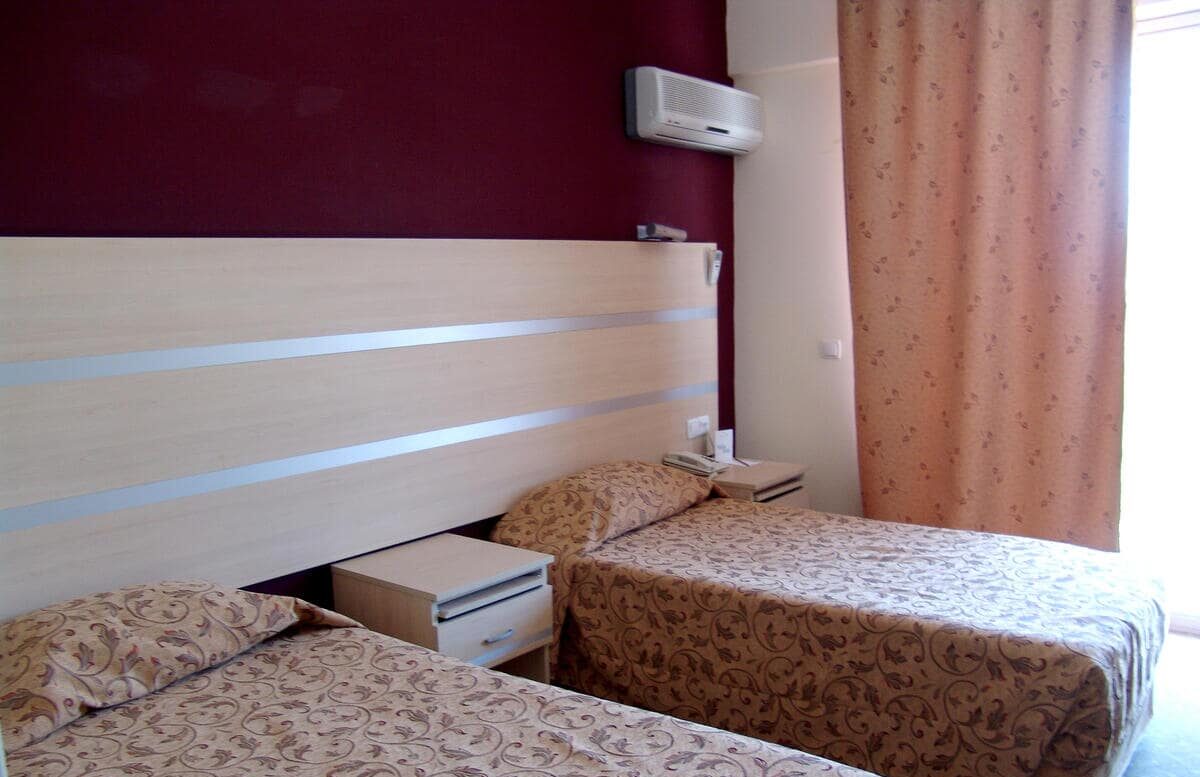
A slightly higher cooling capacity can provide additional coolness needed, especially during dry or summer season.Ĭonsumers can just check the product’s nameplate, located in either the side or back of the unit, or the DOE Energy Label, which is attached to the actual unit, to identify the cooling capacity of the specific product. When buying an air-conditioning unit, choose the one with the same or slightly higher cooling capacity, as what was computed in the Air-conditioner Size Calculator. The Calculator presents the results in kJ/hr, kW and BTU/hr so that consumers may be able to readily identify the cooling capacity in the product nameplate in any unit of measurement used.

you can use the following formula to calculate the tonnage: Tonnage (BTU/hr)/12,000 Where BTU/hr is the cooling capacity of your AC unit. The model number will have a number followed by a T. Hence it would be better to use the Cooling Capacity (kJ/hour, kW or Btu/hr) when identifying the unit that is fit for your space. There are a few ways to tell the tonnage of your AC unit. To further explain, a 2 HP air-conditioning unit from Company X and a 2 HP air-conditioning unit from Company Y could have a different delivery rate of cold air (Cooling Capacity). However, DOE recommends selecting / buying an air-conditioning unit based on the Cooling Capacity indicated as kilojoule per hour (kJ/hr), kilowatt (kW) or British Thermal Unit per hour (Btu/hr) as this is a more precise measurement of how much cold air can the air-conditioning unit deliver in an hour.

In the Philippines, the conventional way of expressing the size of an air-conditioning unit would be in "HP or Horsepower" and "TR or Tons of Refrigeration". To figure out what size air conditioner you require, you first need to determine the amount of BTUs you require.

Better way of determining the Right Air-conditioner Size through the Cooling Capacity


 0 kommentar(er)
0 kommentar(er)
